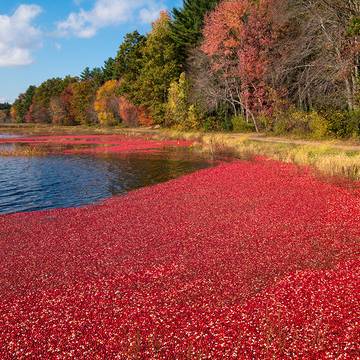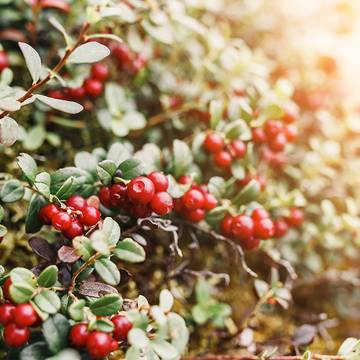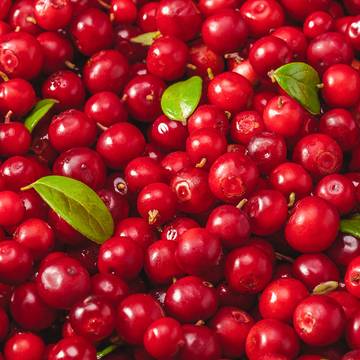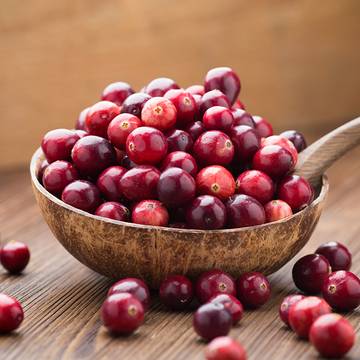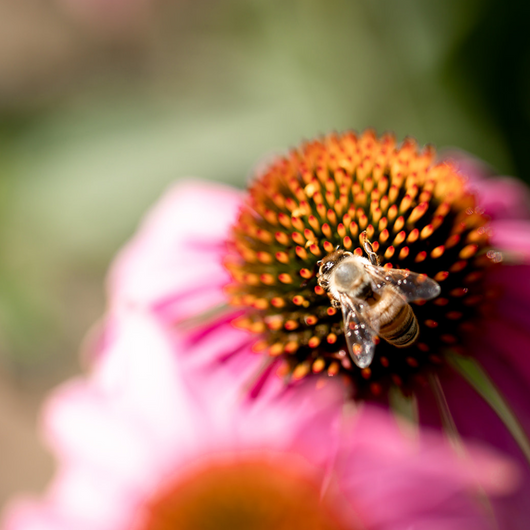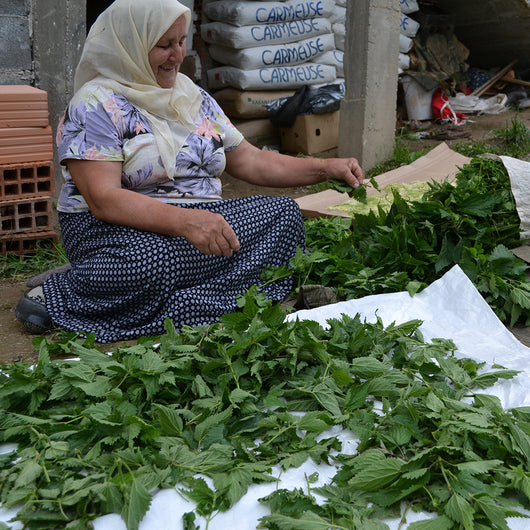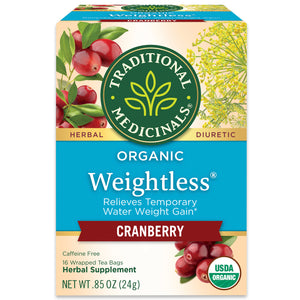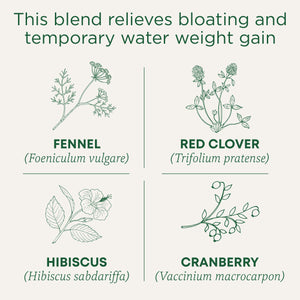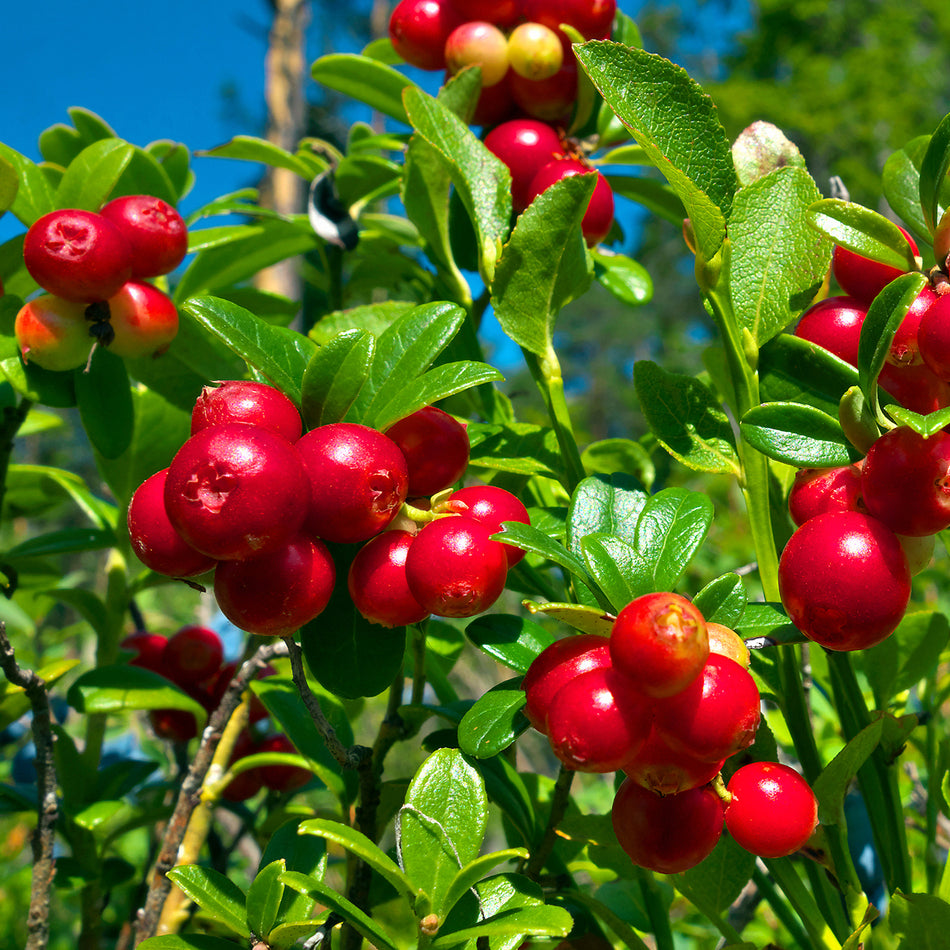
Cranberry
Vaccinium subg. oxycoccusThis vitamin C-filled berry is a native plant to the U.S. that is beloved for its sweet, tart taste and ability to support the urinary tract.* In our products, we feature cranberry in low enough amounts to simply impart its bright flavor and rich color, delivering the true taste of herbs without the use of artificial flavorings or colorings.
Cranberry’s boldly tart and sweet taste make it perfect for desserts.
What are the benefits of Cranberry?
Cranberries are cherished for their tangy, tart taste traditionally prepared alongside maple syrup by indigenous tribes of North America. They’re nutritive and high in vitamin c, making it a great ally to support the immune system and overall health.
Despite its medicinal use by Native Americans, European immigrants, and Eclectics, cranberry did not immediately find its way into mainstream medical practice. Effects on urinary tract health were first reported in the early 20th century. Ongoing research through the early 2000s continues to show the positive effects of consuming cranberry juice for the urinary tract. Our herbalists use it in Weightless® Cranberry tea as a natural flavorant.*
Folklore & Historical Use of Cranberry
Traditionally cooked in stews and sauces, cranberries were commonly collected and prepared by indigenous tribes for their nutritive content and sometimes stored as a winter fruit. They were also crushed and applied topically for skin irritations and sores. One of their names, “ibimi,” refers to the bitter or sour taste of the fruits. Cranberry is a traditional food and medicine well documented amongst Ojibwa, Iroquois, Huron, Mi’kmaq, Anticosti, Anishinaabe, Algonquin, Cree, Malecite, Potawatomi, Gitksan, Menomini, Coast Salish, Nlaka’pamux, Dena’ina, Nuu-chah-nulth, and Ditidaht tribes.
Early settlers began pairing cranberries with turkey, which later inspired modern-day Thanksgiving meals. By 1789, they became so popular that the New Jersey legislature imposed a fine to curb overharvesting by making it illegal to collect unripe berries. Due to their vitamin C content, these berries also became a staple for seamen to prevent scurvy.
Botany, Species, Habitat
Cranberries thrive in Northeastern bogs and swamps, where the soil is moist, low in nitrogen, and have a notably high water table. Cranberry bogs developed from glacial reposits thousands of years ago, forming what are called kettle holes, ancient basins full of organic matter and water that are home to many unique species.
These low, creeping evergreen shrubs can be grown outside of boglands and commercial operations but require moist, well-drained, and slightly acidic soil. One of the most important elements is the pH of both the soil and the water. Cranberry has horizontal stems, or runners, that grow branches which produce buds eventually becoming garnet berries ready to harvest and enjoy.
When To Use Cranberry
Mornings or afternoons to supports urinary tract health.
The Business of Sustainable Plants
Our business is rooted in plants, and for us, it’s a business imperative that we care for the ecosystems where these plants live and thrive. We believe that everything is interconnected, which means supporting ecosystems and the farmers and collectors who harvest and gather our herbs. Finding opportunities to reduce or eliminate emissions at the source, we support organic and regenerative farming practices as well as voluntary certifications like Organic and FairWild. These ensure the absence of pesticides, herbicides, as well as the ongoing sustainability of wild collection, and the health and livelihoods of the collectors who forage. Josef Brinckmann, Traditional Medicinals’ Research Fellow, Medicinal Plants and Botanical Supply, asserts, “Everyone has a role to play in preserving biological diversity. One way of doing that is by equitably supporting the local people to serve as stewards of the land.”
It Starts with Organic
We choose to source organic because we believe in the positive impacts it has on environmental sustainability, biodiversity, and overall ecosystem health. Organic helps us increase transparency while prioritizing consumer well-being and farmer success, which is key to producing the high-quality herbs we source. In 2021, we procured 2.73 million pounds of certified organic herbs, over 99.7% of our total botanical herbs purchased. Volumes were down slightly from FY20 due to timing of inventories received.
The impact from organic farming creates a vital ecosystem through improved soil health, water quality, pollinator habitats, and biodiversity. Organic farms also have increased carbon sequestration potential through long-term carbon storage in the soil, helping to mitigate climate change.
One of the benefits of organic that we most value is farmer health. We care deeply about the people who produce our herbs, ensuring that they are not exposed to synthetic chemicals found in conventional agriculture.
Fair Trade
We believe that everyone deserves a fair wage for hard work. That’s one of the reasons why we’re committed to fair trade. Traditional Medicinals® is a registered Fair Trade “brand holder”, “licensee” and “manufacturer,” and our products are certified by Fair Trade USA, an independent third-party certifier. We were an early adopter of Fair Trade, having launched our first fair trade tea product in 1998, just one year after Fairtrade International (FLO) was established. We continue to work closely with our network of producers to help them to implement fair trade standards and get certified.
Weightless® Cranberry Tea
Additional Information
Legal Disclaimer:
The information and other content in this article are designed to provide a general overview of the botany, cultural history, and traditional uses of this herb. It is not intended and should not be construed as health advice. Every person is unique and you should consult with your health care provider before using any herbal product or supplement.

